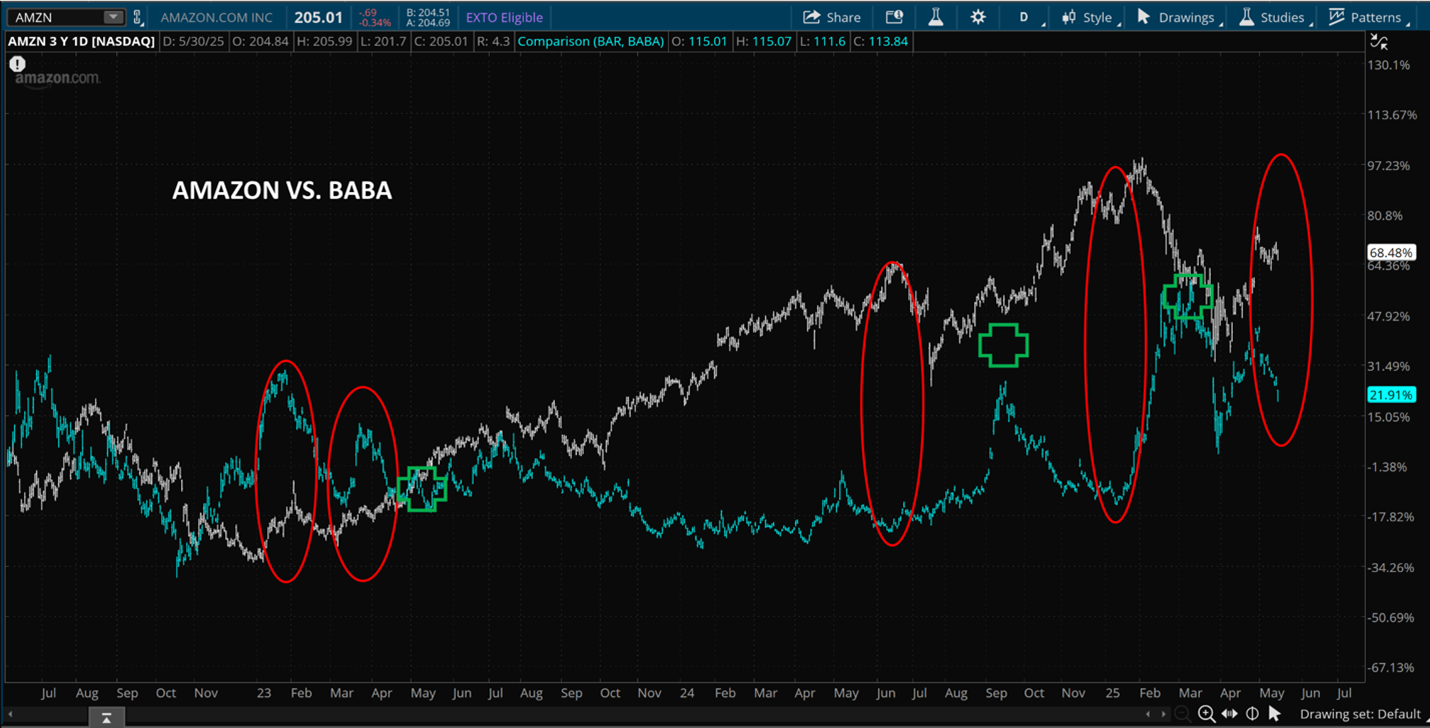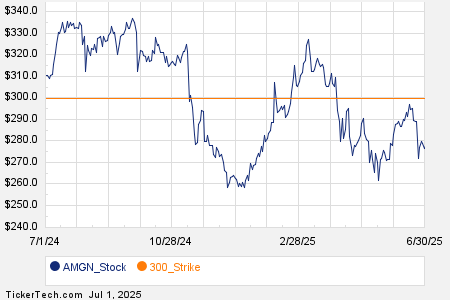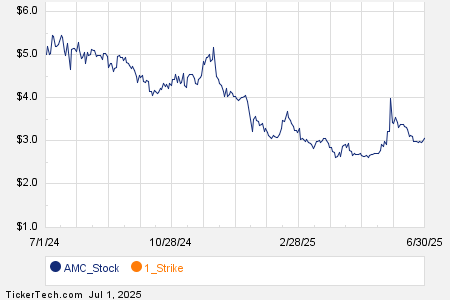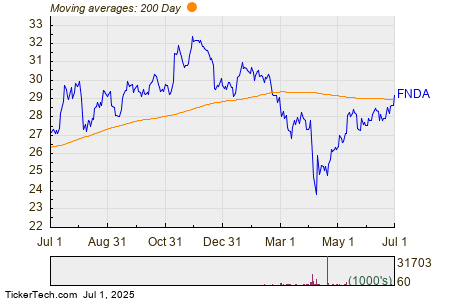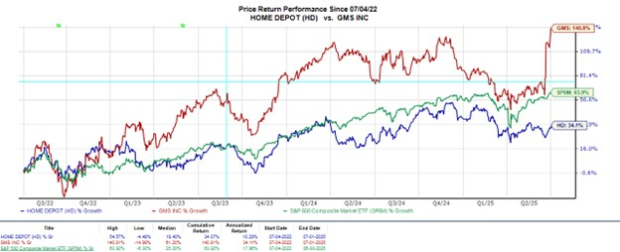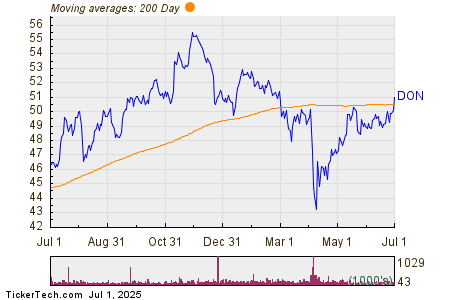Nvidia (NASDAQ: NVDA) and Snowflake (NYSE: SNOW) represent two different ways to invest in the growing artificial intelligence (AI) market. Nvidia is the world’s largest producer of discrete GPUs, which are used to render high-end graphics and process AI tasks. Snowflake’s cloud-based data warehouses store and clean up large amounts of data so it can be easily accessed by third-party applications. That process makes it easier for AI applications to make data-driven decisions.
Nvidia and Snowflake both recently headed in opposite directions after their latest earnings reports. Nvidia’s stock soared to a new all-time high after the company crushed Wall Street’s top- and bottom-line expectations, provided a rosy outlook, and announced a 10-for-1 stock split. Snowflake’s stock slumped after the company missed analysts’ bottom-line estimates and provided a murky near-term outlook. So should investors continue to buy Nvidia and avoid Snowflake?

Image source: Getty Images.
Why do the bulls still love Nvidia?
Nvidia’s revenue growth flatlined in fiscal 2023, which ended in January of that year, as its adjusted EPS dropped 25%. That slowdown was caused by the PC market’s post-pandemic slump and macro headwinds for the data center market. At the time, most analysts expected Nvidia to post a modest recovery the following year.
But in fiscal 2024, Nvidia’s revenue and adjusted EPS soared 126% and 288%, respectively. That growth was entirely driven by its sales of data center GPUs for AI applications. The soaring popularity of generative AI platforms such as OpenAI’s ChatGPT caused the market’s demand to outstrip its available supply, and Nvidia’s gross margin grew as it exercised its pricing power.
|
Metric |
Q1 2024 |
Q2 2024 |
Q3 2024 |
Q4 2024 |
Q1 2025 |
|---|---|---|---|---|---|
|
Revenue growth (YOY) |
(13%) |
101% |
206% |
265% |
262% |
|
Adjusted gross margin |
66.8% |
71.2% |
75% |
76.7% |
78.9% |
Data source: Nvidia. YOY = Year-over-year.
Nvidia generated 87% of its revenue from its data center chips in the first quarter of fiscal 2025, and that business is growing like a weed as the AI market expands. Analysts expect its revenue and adjusted EPS to grow 80% and 90%, respectively, for the full year — but it still looks reasonably valued relative to those growth rates at 41 times forward earnings.
Nvidia could eventually face tougher competition from Advanced Micro Devices‘ (NASDAQ: AMD) cheaper data center GPUs, first-party chips from its top customers, and other types of AI accelerator chips. But for now, it’s still selling the best shovels for the AI gold rush — and it could have plenty of room to run before this growth cycle peaks.
Why did Snowflake’s stock melt down?
Snowflake’s product revenue, which accounts for most of its top line, surged 70% in fiscal 2023, which ended in January of that year. But its net revenue retention rate, which gauges its year-over-year growth per customer, fell from 178% to 158%.
In fiscal 2024, its product revenue only rose 38% as its net revenue retention rate declined to 131%. Over the past year, its top-line growth stabilized but its retention rates kept slipping. That’s worrisome because Snowflake only charges usage-based fees instead of locking its customers into stickier recurring subscriptions.
|
Metric |
Q1 2024 |
Q2 2024 |
Q3 2024 |
Q4 2024 |
Q1 2025 |
|---|---|---|---|---|---|
|
Product revenue growth (YOY) |
50% |
37% |
34% |
33% |
34% |
|
Net revenue retention rate |
151% |
142% |
135% |
131% |
128% |
|
Adjusted product gross margin |
77% |
78% |
78% |
78% |
77% |
Data source: Snowflake. YOY = Year over year.
Snowflake mainly blamed that slowdown on the macro headwinds, which forced many companies to rein in their software spending, but it also faces plenty of competition from Amazon Web Services, Microsoft Azure, and Alphabet‘s Google Cloud — which all integrate their own data warehouse services into their own cloud platforms. However, its stable gross margin suggests it still has plenty of pricing power in its niche market.
Unfortunately, Snowflake expects its product revenue growth to decelerate in the second quarter, and analysts expect its total revenue to increase only 24% for the full year as its adjusted EPS declines 26%. That deceleration indicates its hypergrowth days are over, but its stock still trades at about 285 times forward earnings and 15 times this year’s sales. Those frothy valuations could limit its upside potential even if it stabilizes its core business.
The obvious winner: Nvidia
It’s easy to see why investors flocked to Nvidia and shunned Snowflake over the past year. Nvidia’s core business is firing on all cylinders and its stock looks reasonably valued, but Snowflake’s revenue growth is cooling off and it’s struggling to support its premium valuations. So unless the AI market abruptly cools off, I believe Nvidia will continue to outperform Snowflake.
Should you invest $1,000 in Nvidia right now?
Before you buy stock in Nvidia, consider this:
The Motley Fool Stock Advisor analyst team just identified what they believe are the 10 best stocks for investors to buy now… and Nvidia wasn’t one of them. The 10 stocks that made the cut could produce monster returns in the coming years.
Consider when Nvidia made this list on April 15, 2005… if you invested $1,000 at the time of our recommendation, you’d have $697,878!*
Stock Advisor provides investors with an easy-to-follow blueprint for success, including guidance on building a portfolio, regular updates from analysts, and two new stock picks each month. The Stock Advisor service has more than quadrupled the return of S&P 500 since 2002*.
See the 10 stocks »
*Stock Advisor returns as of May 28, 2024
John Mackey, former CEO of Whole Foods Market, an Amazon subsidiary, is a member of The Motley Fool’s board of directors. Suzanne Frey, an executive at Alphabet, is a member of The Motley Fool’s board of directors. Leo Sun has positions in Amazon. The Motley Fool has positions in and recommends Advanced Micro Devices, Alphabet, Amazon, Microsoft, Nvidia, and Snowflake. The Motley Fool recommends the following options: long January 2026 $395 calls on Microsoft and short January 2026 $405 calls on Microsoft. The Motley Fool has a disclosure policy.
The views and opinions expressed herein are the views and opinions of the author and do not necessarily reflect those of Nasdaq, Inc.



